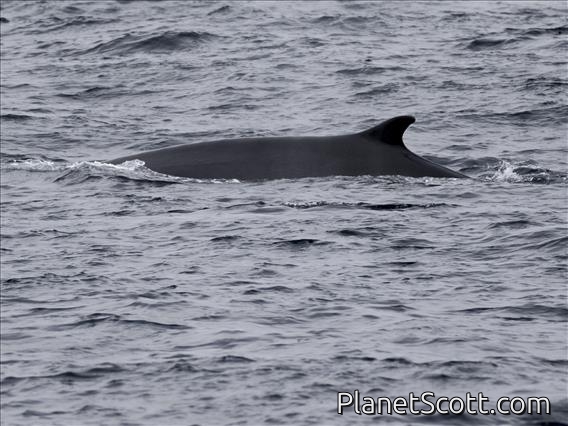Fin Whale (Balaenoptera physalus)

Fin Whale (Balaenoptera physalus)
×


Fin Whale (Balaenoptera physalus)
About Fin Whale (Balaenoptera physalus)
- Kingdom: Animals
- Phylum: Chordates
- Class: Mammals
- Order: Cetacea
- Family: Balaenopteridae
The fin whale, also known as the finback whale or common rorqual, is a species of baleen whale and the second-longest cetacean after the blue whale. The biggest individual reportedly measured 26–27 m (85–89 ft) in length, with a maximum recorded weight of 70 to 80 tonnes. The fin whale's body is long, slender and brownish-gray in color, with a paler underside to appear less conspicuous from below (countershading).
Source: Wikipedia
Trips
Visits
-
-
2016-07-09
Witless Bay, Canada -
2023-10-21
Farallones Marine Sanctuary, United States of America



